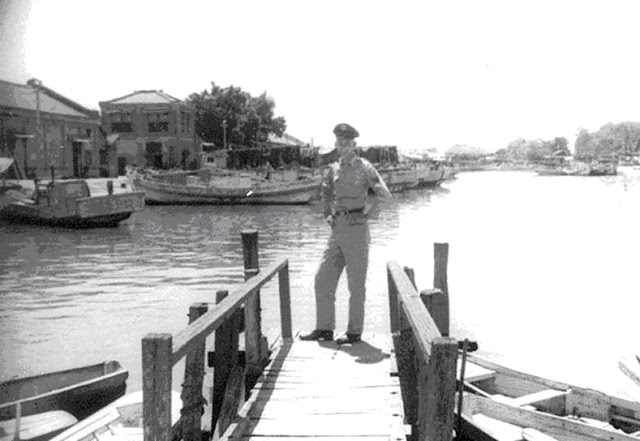Our big July 4th, Independence Day Celebration back-in-the-day would have taken place on July 4th, America's Birthday!
The military clubs always laid-on a big day of food and fun.
Many of us would have flocked to beaches around the island, the day would have hosted ball games and BBQs at many places. It would have been a joyful fun filled day for all.
The military clubs always laid-on a big day of food and fun.
Many of us would have flocked to beaches around the island, the day would have hosted ball games and BBQs at many places. It would have been a joyful fun filled day for all.
Few American folks who reside in Taiwan this year will have the day off on July 4th. So, most if not all of the celebrations and parties are taking place on Sunday, July 1st this year.
The American Club Taipei has put together a special celebration.
I checked-in at the American Chamber of Commerce Taipei web site here and it appears that non-members are welcome at the event. (UPDATE: 2 July) The party's over and they have pulled their article on the July 4th Celebration)
I checked-in at the American Institute in Taiwan website here I couldn't find anything on the celebration at the American Club Taipei, although the information could have been buried inside their web site somewhere else.
It's Sunday Morning in Taipei as I compose this page.
The festivities will soon begin at the American Club. Expect there are folks at the American Club having breakfast this very moment.
We hope your July 4th celebration is filled with family and friends experiencing joy and happiness together, remembering our country's birthday.


No Bud Lite in Taiwan!
You can get a Carona.
When in Taiwan, I prefer Taiwan Green Label.
Careful with the fire crackers!
and, the best for last...
Jim Dwyer over at the CCK Facebook Page posted a beautiful video.
Most of the folks who frequent this Blog are Vietnam era folks.
Here's a video you'll appreciate...
and, the best for last...
Jim Dwyer over at the CCK Facebook Page posted a beautiful video.
Most of the folks who frequent this Blog are Vietnam era folks.
Here's a video you'll appreciate...
























